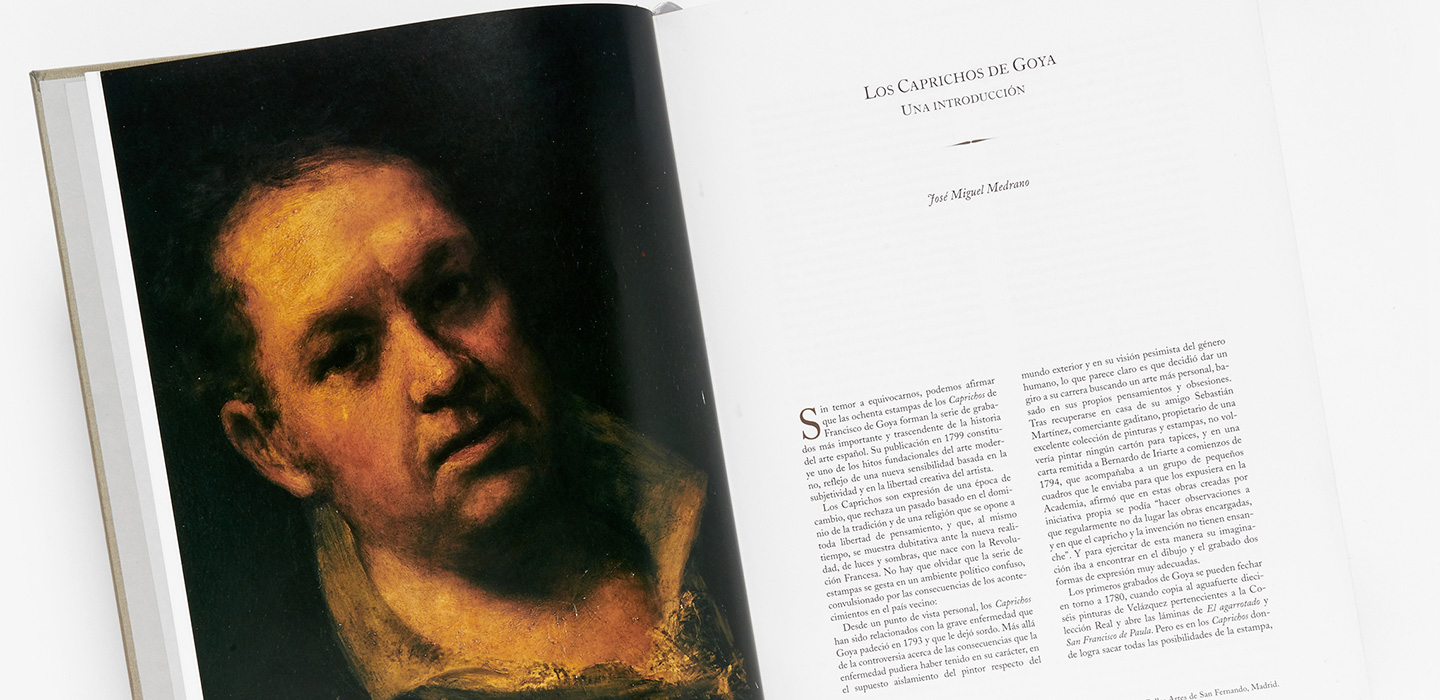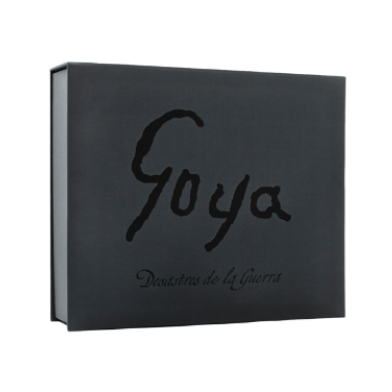
(1746-1828) Precursor de las vanguardias pictóricas del siglo XX, el gran pintor y grabador español marcó el comienzo de la pintura contemporánea logrando anticiparse a cada movimiento pictórico que aparecería en Europa posteriormente; es por eso que se le considera uno de los grandes maestros de la historia del arte.
La obra de Goya es una espectacular manera de contemplar la evolución, las épocas y las características de la vida y de la historia de España. En su última etapa, Goya adoptó una actitud huraña y solitaria, pero creó lo mejor de su producción, como las visionarias Pinturas Negras.

OBRAS DEL ARTISTA
ARTÍCULOS RELACIONADOS
SOLICITAR INFORMACIÓN
Te informaremos sobre las obras y novedades de ARTIKA.


